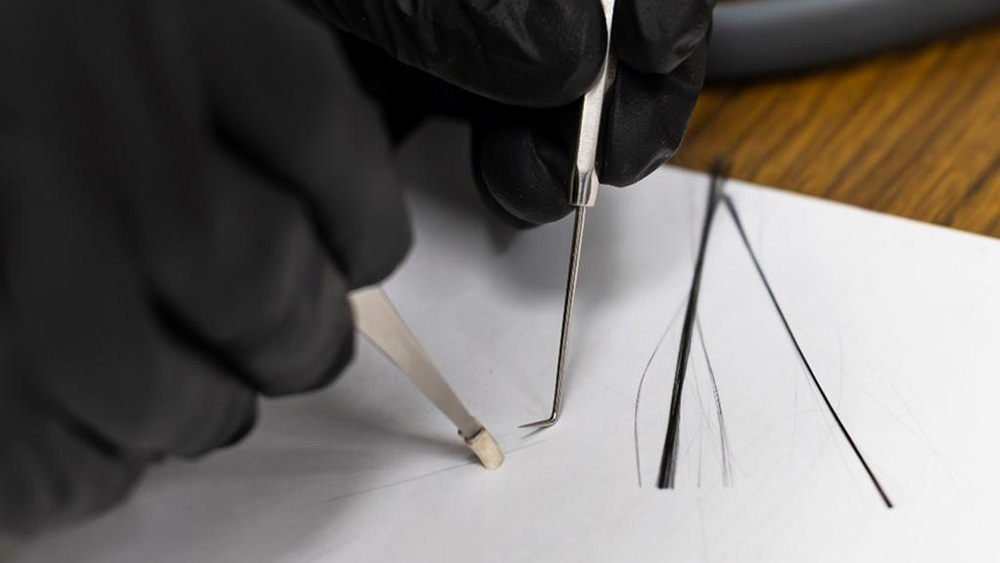Carlos Jones/ORNL, U.S. Department of Energy
ORNL researchers have found a way to double the tensile strength of carbon-fiber composites by reinforcing the material with a thin layer of PAN nanofibers. A human hair is approximately 100 times wider than one of these fibers.
Stronger than steel and lighter than aluminum, carbon fiber is a staple in aerospace and high-performance vehicles. Now, scientists at the U.S. Department of Energy’s Oak Ridge National Laboratory have found a way to make it even stronger.
|
ADVERTISEMENT |
ORNL researchers simulated 5 million atoms to study a novel process for making carbon-fiber composites stronger and more cost-efficient by incorporating a reinforced layer of polyacrylonitrile nanofibers, or PAN nanofibers. Led by ORNL’s carbon and composites group, the team combined fundamental science with molecular dynamics simulations using the Frontier supercomputer to better understand how the reinforcement process works at the atomic scale. Their findings, published in the journal Advanced Functional Materials, could lead to new, ultradurable materials for airplanes, vehicles, and a wide range of manufacturing applications that require stronger, more lightweight materials.
…

Add new comment